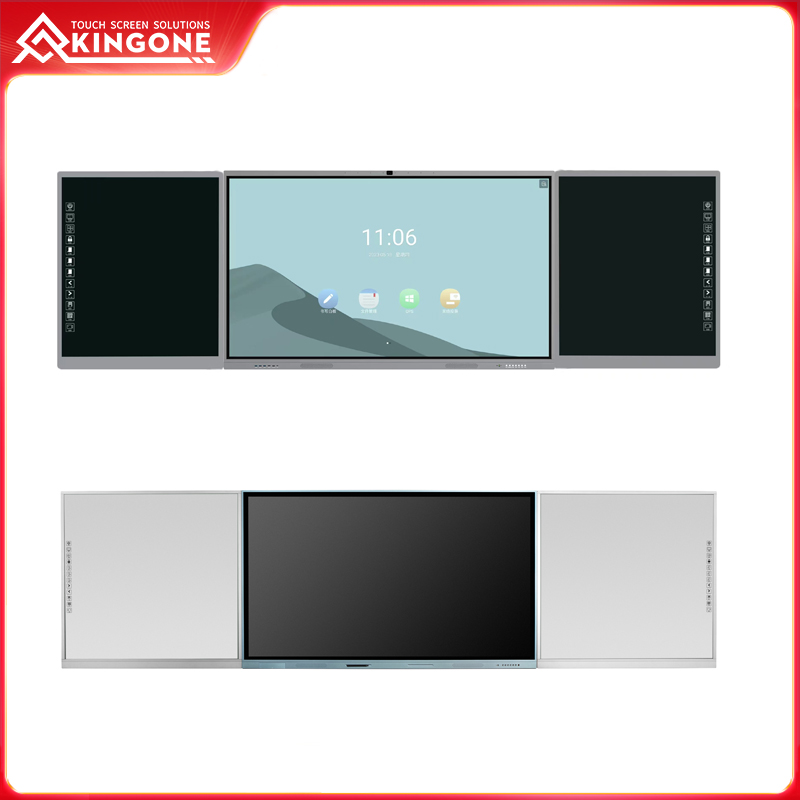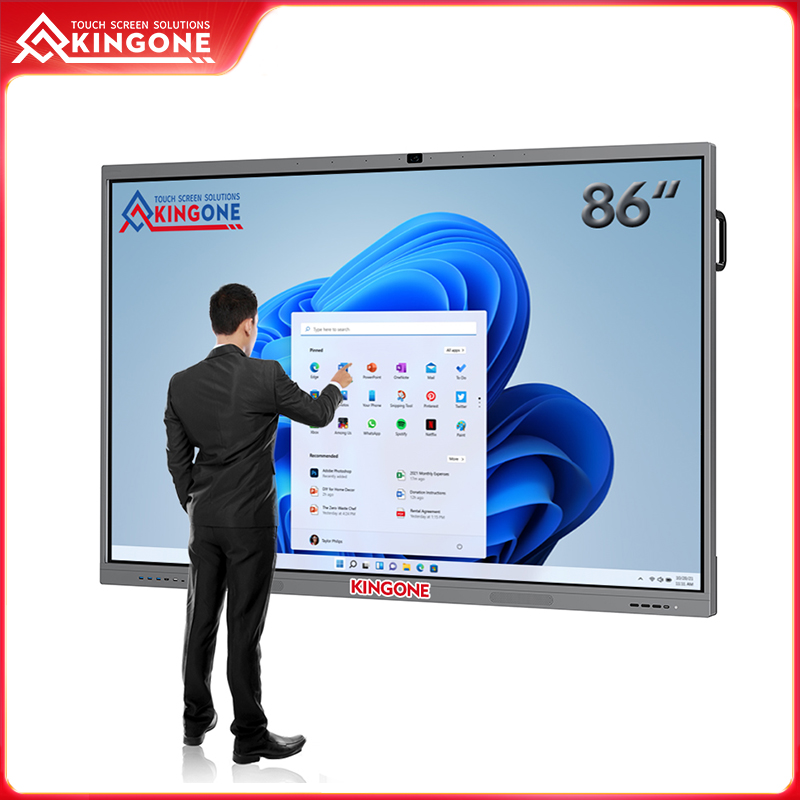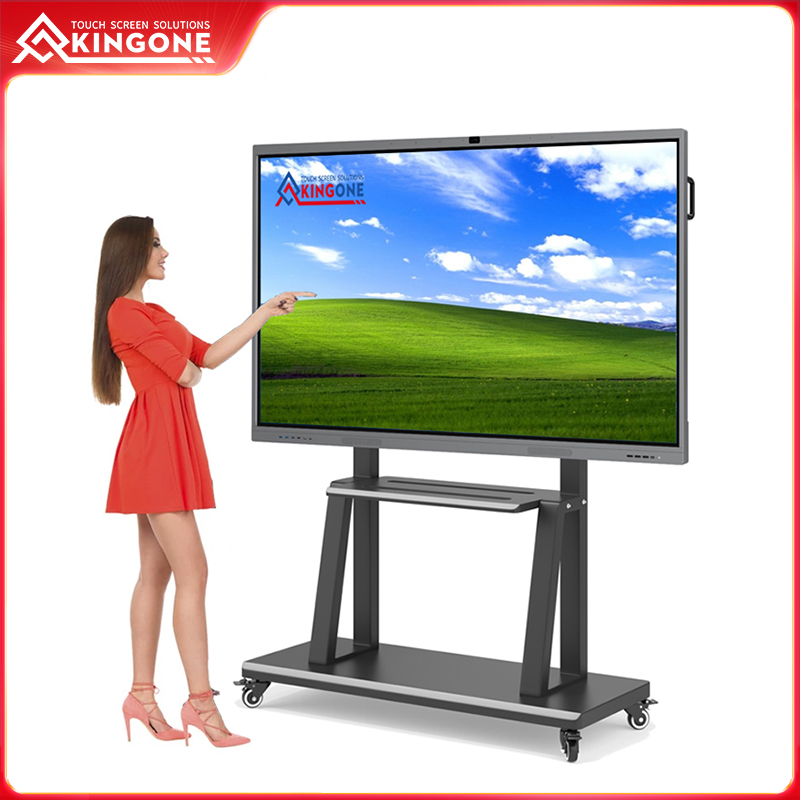what is the difference between electronic whiteboard and interactive whiteboard?
Published:
2023-11-03 09:51:39
Unraveling the Key Differences Between Electronic Whiteboard and Interactive Whiteboard.
Electronic whiteboards and interactive whiteboards are both powerful tools in the realm of technology-aided presentations and collaboration. While they share some similarities, they also possess distinct features that set them apart. In this article, we will delve into their dissimilarities to understand what makes electronic whiteboards different from interactive whiteboards.
1. Definition
Electronic whiteboards are simply whiteboards with the ability to capture and save written or drawn content digitally. They typically require an external device, such as a computer, to display the content. On the other hand, interactive whiteboards are large touchscreen displays that allow users to directly interact with the content and the device itself.
2. Input Method
Smart interactive whiteboard often rely on passive pens or styluses to write or draw on the surface. The user's input is captured using sensors embedded within the board. In contrast, interactive whiteboards utilize active touch technology, enabling users to directly interact with the screen using their fingers or a stylus.
3. Display Capability
Electronic whiteboards primarily display content in monochrome or grayscale. While some advanced models may offer limited color options, the focus remains on functionality rather than visual appeal. In contrast, interactive whiteboards provide vibrant, full-color displays that enhance the visual experience and capture attention.
4. Interactivity
Interactivity is where the key distinction lies. Electronic whiteboards lack the ability to respond to touch or gestures, limiting interaction to the physical board. Interactive whiteboards, on the other hand, allow for seamless interaction through touch gestures, multi-touch input, and even gesture recognition, such as pinch-to-zoom or swipe gestures.
5. Features and Software
Electronic whiteboards often come bundled with basic software packages that allow users to save and convert their written or drawn content into digital formats. However, these features are often limited in comparison to interactive whiteboards. Interactive whiteboards offer advanced software integration, providing a wide range of features such as virtual collaboration, multimedia integration, and third-party app compatibility.
6. Price Range
Electronic whiteboards are generally more affordable compared to interactive whiteboards. The simpler technology and limited features contribute to their lower price range. Interactive whiteboards, with their advanced touch capabilities and extensive software integration, tend to be more expensive.
7. Use Cases
Electronic whiteboards are commonly used in educational settings, small office environments, or for personal use, where the emphasis is on a simple and portable solution for saving written content. Interactive whiteboards, with their enhanced interactivity and advanced features, find extensive usage in corporate boardrooms, conference rooms, training centers, and collaborative workspaces.
In Conclusion
Looking closely at the differences discussed above, it becomes evident that electronic whiteboards and interactive whiteboards cater to different needs and requirements. While electronic whiteboards offer a straightforward solution for capturing written content digitally, interactive whiteboards provide an immersive and interactive experience, fostering collaboration, and boosting engagement. Ultimately, the choice between the two depends on the specific use case and desired functionality.
This article explored the differences between electronic whiteboards and interactive whiteboards comprehensively. Electronic whiteboards primarily serve the purpose of digitally capturing written content and are equipped with basic software. In contrast, interactive whiteboards offer advanced touch capabilities, vibrant displays, and extensive software integration. The article also highlighted distinctions in input method, display capability, interactivity, price range, and use cases. Overall, understanding these differences will assist readers in making informed decisions about selecting the right technology for their needs.
 English
English







